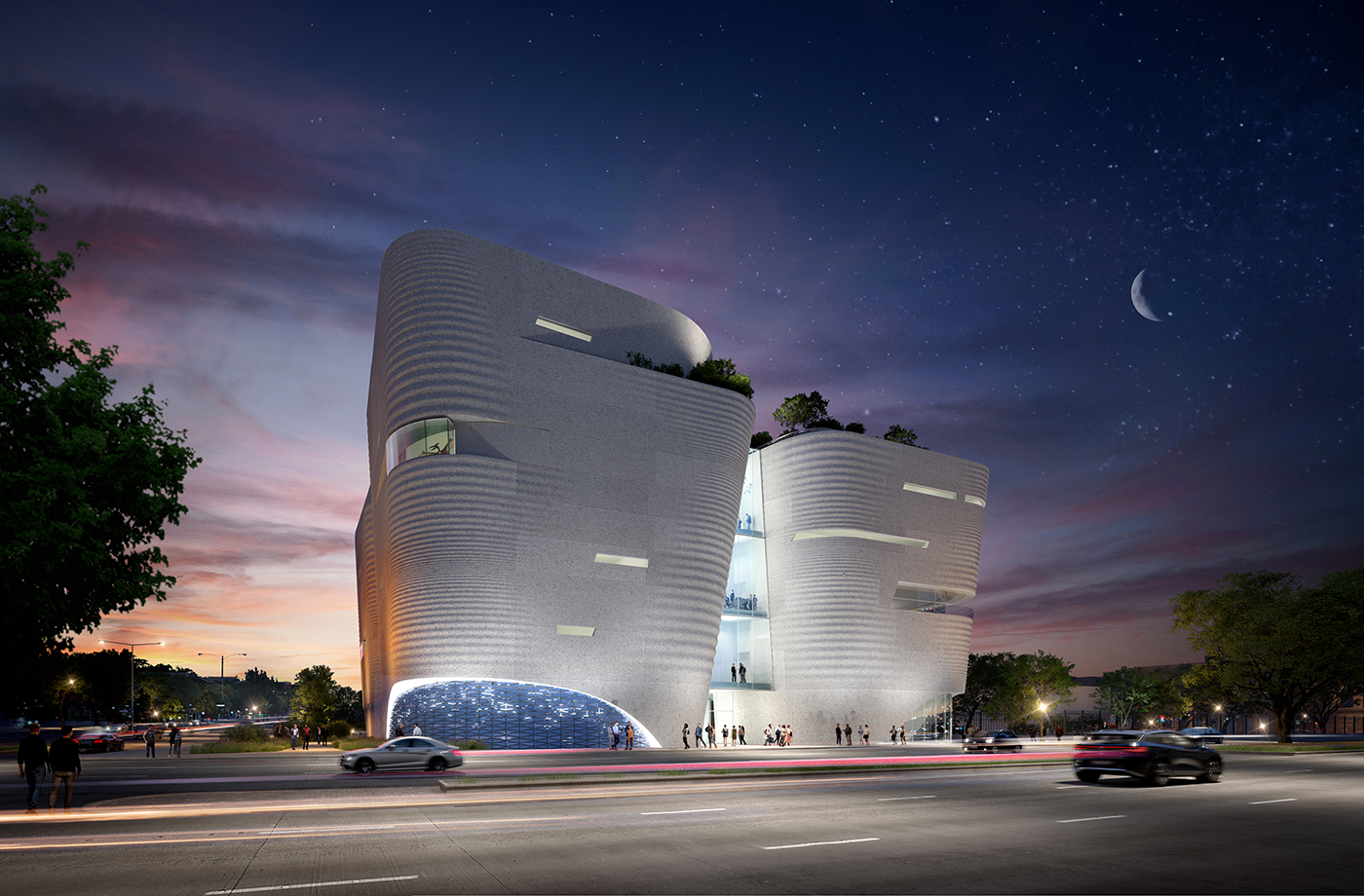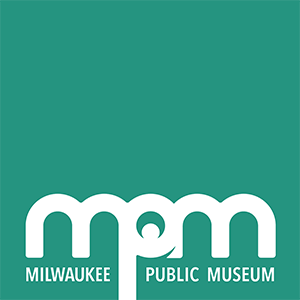
Wisconsin's most-visited museum and largest natural history museum is getting a new home in an iconic, one-of-a-kind building that will stoke curiosity, awe, and connection before guests even step inside.
Click the images to view hi-res renderings of the Nature & Culture Museum of Wisconsin's architecture, and learn more about this new landmark for Milwaukee and the state.
Inspired by Wisconsin's diverse landscapes
The architecture of the Nature & Culture Museum of Wisconsin is heavily influenced by Mill Bluff, which was created by glaciers more than 10,000 years ago. The landscape and geology of Wisconsin, the soils and sands, all of it comes back to the influence of water—and the ice of glaciers—which has defined not just the natural elements of the state, but the people and culture of this area.
Reflecting the confluence of Milwaukee's rivers
Inside the building, we honor the history of Milwaukee as a gathering place at the confluence of three rivers. The three entrances converge in the commons to symbolize the importance of the bodies of water in the history of this place.
Connecting with the world
The lightwell is a skylight connecting the ground floor commons to the sky, bringing natural light into the common space. As the sun and moon shine differently throughout the day and night, the lightwell creates a very dynamic space while preserving and protecting items in our collections that shouldn't be exposed to natural light.
A nod to Milwaukee
The color of the exterior is a nod to Cream City brick, which is a story of how the nature of this region influenced culture, driving home the Museum's mission of exploring how nature and culture are interwoven.
See the stars... and butterflies, too!
The Museum will feature the state-of-the-art Daniel M. Soref Planetarium and Dome Theater as well as a beautiful rooftop Butterfly Vivarium.
A focus on sustainability
From the building envelope to the systems within, the Museum is thoughtfully designed with sustainability in mind. The following are just a few of the features that lend to the sustainability of our future home.
The Museum will feature:
- Rain Garden
- Green Roof
- Bird Friendly Glass
- Pollinator Friendly
- Green Infrastructure
- Stormwater Retention
- Stormwater Detention
- Passive Core & Shell Design
- Seasonal Setpoints
- Natural Atrium Ventilation
- Operable Windows for Staff
- Void-formed Structure
- Low-Carbon Materials
- Low-Carbon Refrigerants
- Low-Carbon Operations

